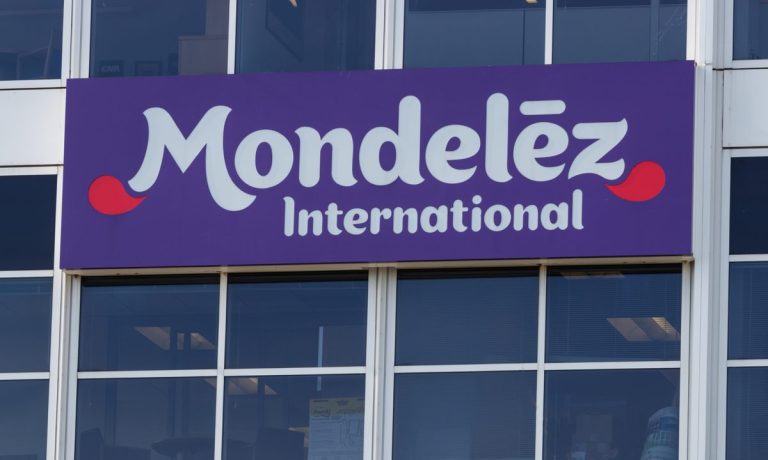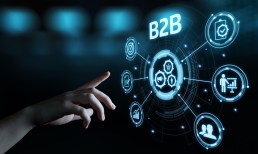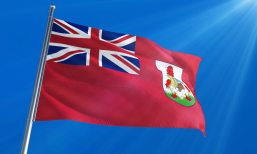Retailers are not the only food sellers taking advantage of the sales opportunities posed by the digital shift; brands are getting in on the action as well.
Mondelēz International, for instance, parent company of Oreo, Cadbury, Philadelphia Cream Cheese, Trident and other popular brands, shared on an earnings call Thursday (Jan. 27) discussing the company’s fourth-quarter 2021 results that its digital growth has continued, soaring above mid-lockdown numbers, even in periods when mobility has been close to pre-pandemic levels.
“Digital commerce now accounts for approximately 6% of revenue, up from 3% in 2019 CEO and Chairman Dirk Van de Put told analysts on the call. “It includes investing to sustain growth in digital commerce, which grew 29% on a reported basis, lapping 75% growth in 2020.”
A presentation accompanying the call noted that eCommerce is part of Mondelēz’s broader “channel expansion” strategy, which also includes opening new stores in emerging markets. The company’s digital efforts include traditional third-party channels, but they also include brand-specific direct-to-consumer (D2C) shops. Brands ranging from Cadbury to Oreo to Tate’s Bake Shop, among others, have D2C options, selling foods, gift sets and/or branded merch.
Van de Put did not discuss how these channels have been faring in recent months. In fact, he has not addressed the subject on a company earnings call since November 2020, wherein he referred to the company “experimenting with” the channel. Then, in a presentation early in 2021, the company noted that it had “relaunched D2C sites with expanded customization capabilities.”
However, given the relative silence on the issue since then, it would seem that the so-called experiment had failed as many of these sites are not up and running. It is possible that the company’s D2C strategy remains in effect but that it has not evolved in the last year or so.
Advertisement: Scroll to Continue
“D2C actually unlocks power of consumer data in two senses because you not only get the certain PII [personal identifiable information] data but also a lot in terms of behavioral data,” Abhishek Ahluwalia, global eCommerce growth platforms leader for Mondelēz International, told PYMNTS’ Karen Webster in a November 2020 interview (around the same time that Van de Put last commented on the matter).
Read more: Mars, Mondelez Say CPG Direct-to-Consumer Sales Need Constant Innovation
In the same conversation, Ahluwalia noted that the company uses data from these D2C sites for fans of the brands to gain information about product popularity, which informs product strategy for third-party channels, letting the company know which items are most in demand.
Overall, consumers’ digital food spending is on the rise, according to data from PYMNTS’ How We Eat Playbook, created in collaboration with Carat from Fiserv, which featured a census-balanced survey of more than 5,200 U.S. adults. The study found that 48% of consumers are ordering restaurant meals and grocery items online for pickup more often than they did prior to March 2020, and 88% of grocery shoppers plan to maintain these habits even once contagion concerns subside completely.
See more: Restaurants and Grocers See Path to Picking up 200 Million New Customers




